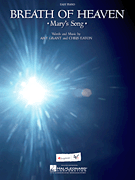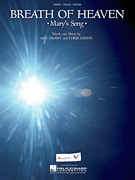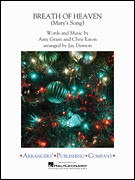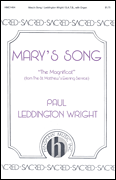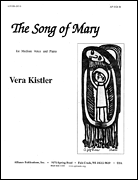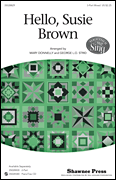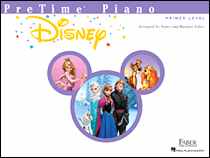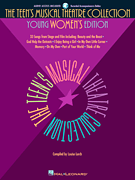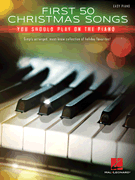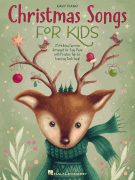Search Results for: “Mary's Song”
Loading...
If I Had A Hammer (The Hammer Song) View 96 Products
Breath Of Heaven (Mary's Song) View 82 Products
Garden Song View 27 Products
Gloria (Mary's Song) View 25 Products
Wedding Song (There Is Love) View 23 Products
Mary Ann View 10 Products
Song For A Windy Day View 9 Products
Star So Bright (A Song For Winter Or Christmas) View 9 Products
Mary's Song (Oh My My My) View 8 Products
Jasmine Flower (Mo Li Hua) View 5 Products
Over The Sea To Skye View 5 Products
I Sound The Song Of Spring View 5 Products
Up And Away With Good Saint Nick (A Partner Song With 'Up On The Housetop') View 4 Products
The Pioneer's Song View 4 Products
River Song View 4 Products
She'll Be Headin' To A Hoedown View 4 Products
Mary's Song View 3 Products
Thanksgiving Song View 3 Products
Mary's Slumber Song View 3 Products
I Have A Song To Sing, O! View 3 Products
He Is Not Here (Easter Angel Song) View 2 Products
Gonna Sing My Song View 2 Products
Song Of Mary View 1 Product
Singin' My Song View 1 Product
